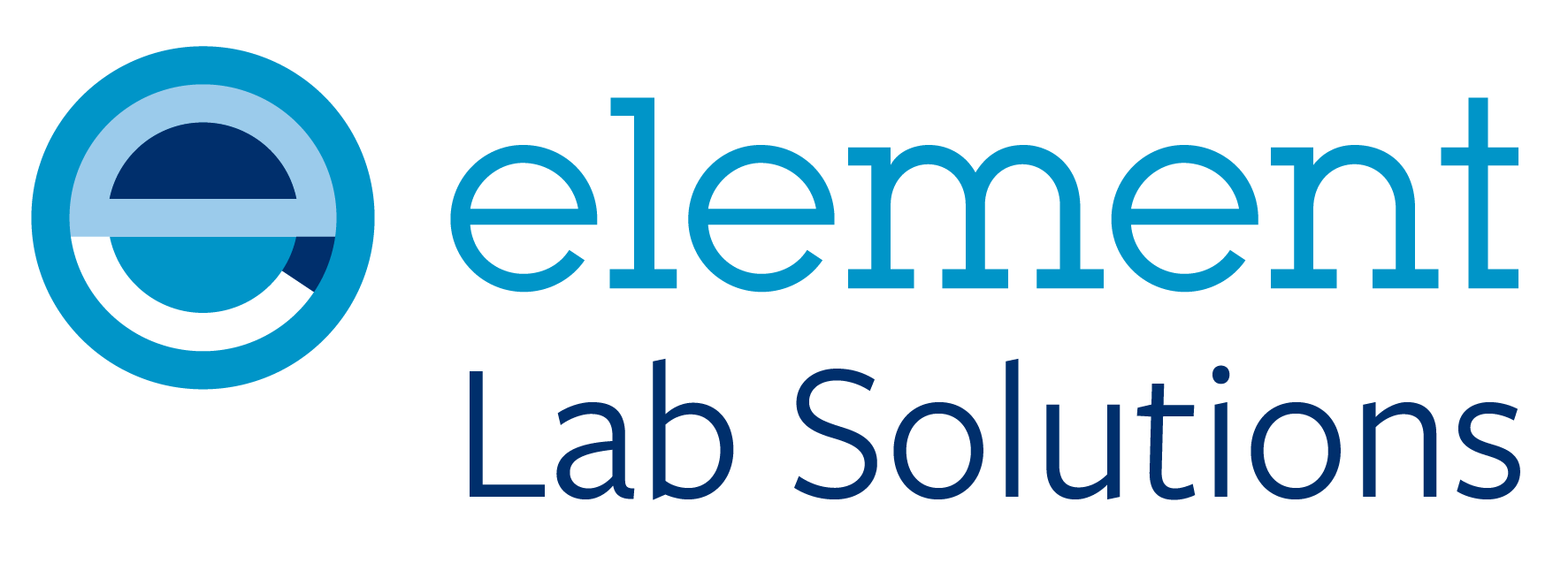GC HEADSPACE
1 DAY - IN PERSON AT YOUR LAB
OR 2 HALF DAYS - LIVE ONLINE
Learn all you need to know about this elegant yet complex sample preparation/introduction of GC samples
This one-day course provides comprehensive coverage of the most common approaches associated with static headspace methods used in GC.
We look at the foundation principles of the technique, then move to the practical aspects of operation, instrumentation troubleshooting, and optimisation/development of conditions.
Headspace sampling provides a sensitive, robust, easily automated, and quantitative method of analysing volatile substances from complex matrices. All of these positives, however, rely on well-developed headspace parameters and on operators paying attention to some key aspects of preparing and analysing samples.
Our comprehensive static headspace training course covers all aspects of routine analysis, method development, and solutions to some of the common challenges with the technique.
COURSE OVERVIEW
Who is this course for?
This course is relevant to anyone using static headspace sampling for GC analysis. It is applicable to most instrument designs.
Previous knowledge
Good knowledge of chromatography and associated data.
What you will learn
- General concepts and benefits
- Most critical parameters for HS sampling
- GC requirements and specifics of HS instrumentation
- Guidelines to method development
- Quantitative approaches to HS analysis
Related Content
COURSE OUTLINE
Foundation
- Headspace principles
- Boyle's Law
- Dalton's Law of partial pressures
- Matrix effects
- Instrument Design
- Vial pressurisation methods
Pressure Testing
- Sampling valve and carrier flow
- Loop filling
- Transfer line
- Common problems and troubleshooting
- Headspace Vials
Vial types
- Closure types
- Closure quality and pressure integrity
- Vial size
Internal Standards
- Selecting an internal standard
- Evaluating and optimising internal standard performance
GC Requirements
- Inlet types
- Carrier requirements
- Liner types
- Oven conditions and focusing
Development and Optimisation of Conditions
- Solvent selection
- Oven conditions
- Fill volume
- Use of salt
- Sampling conditions
Total Headspace Extraction
Multiple Headspace Extraction
